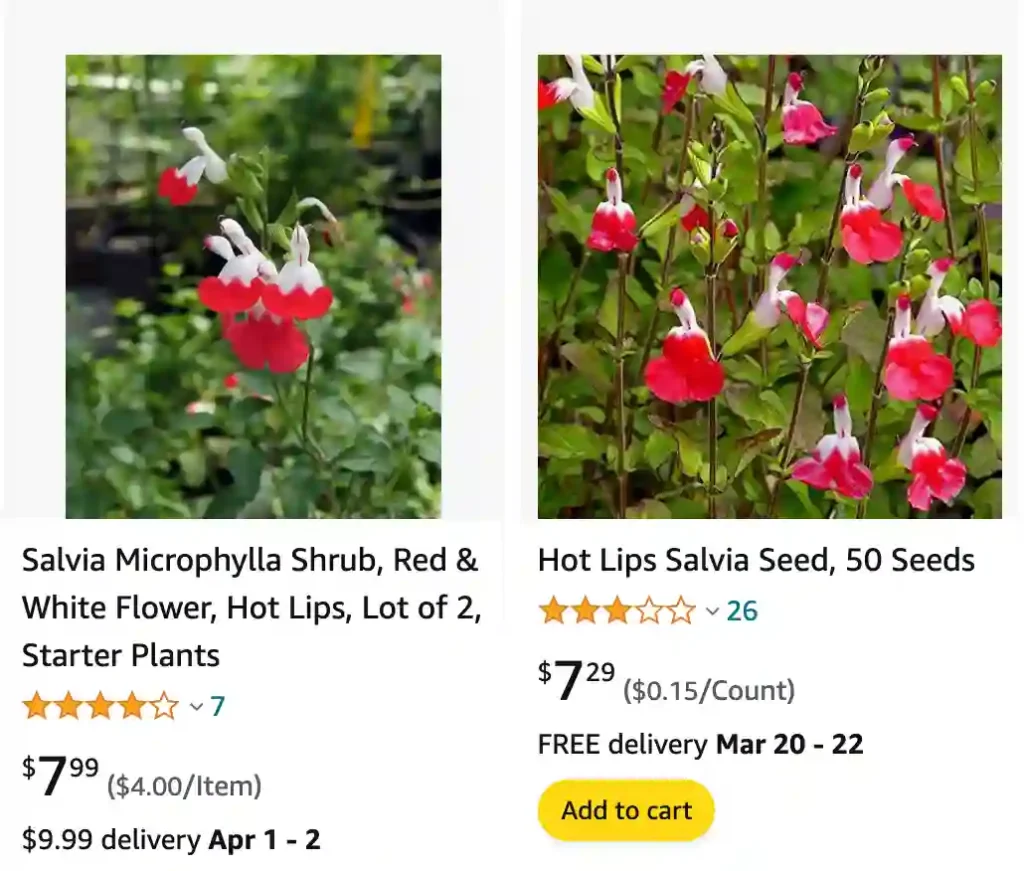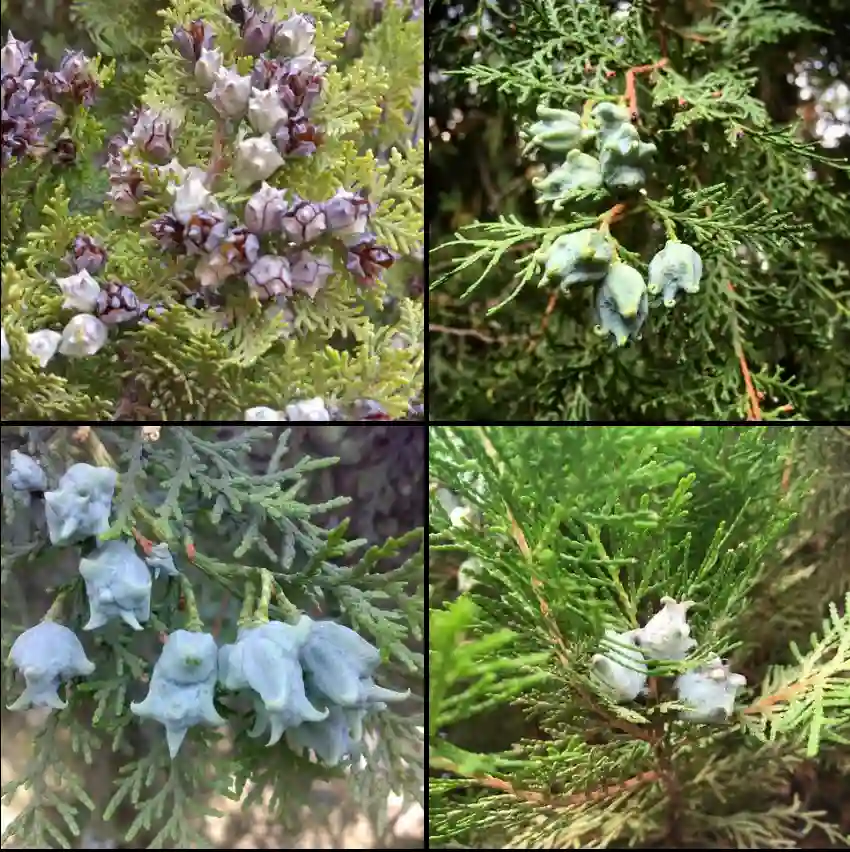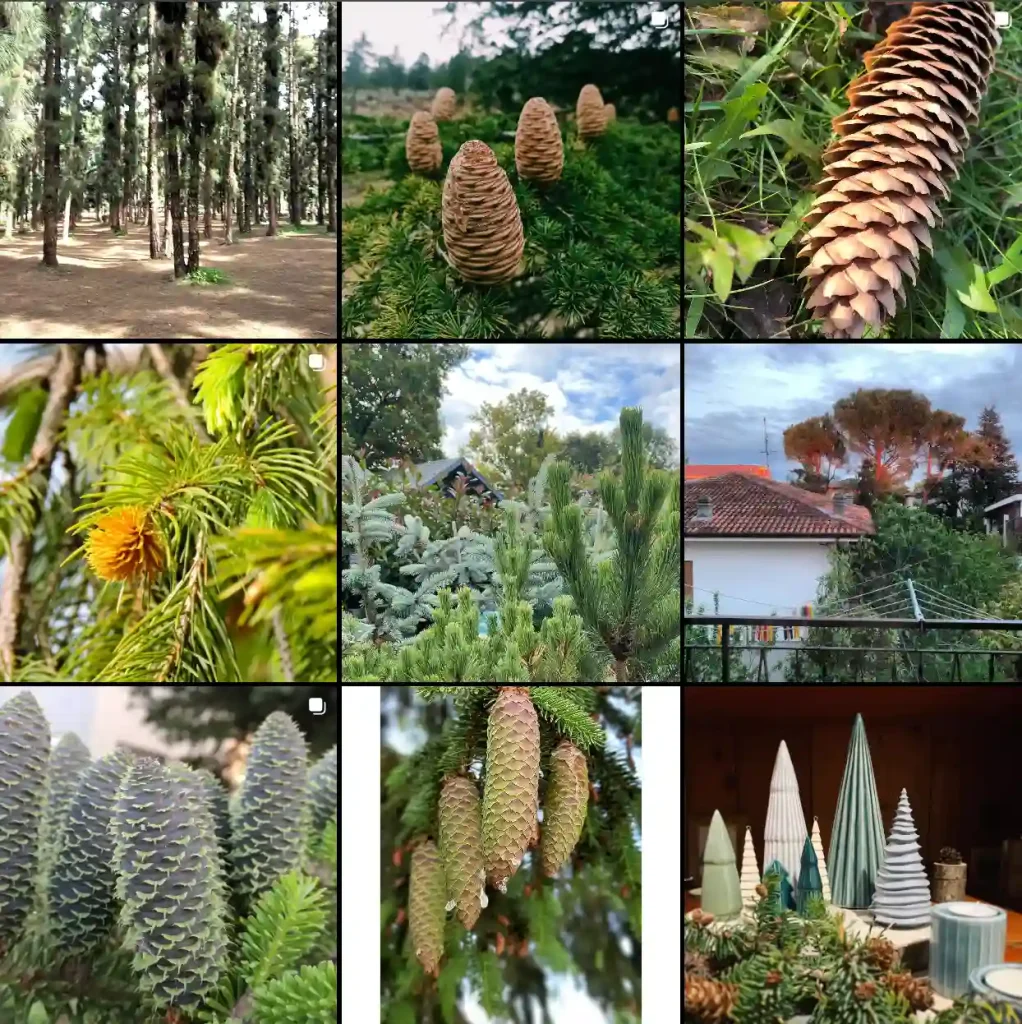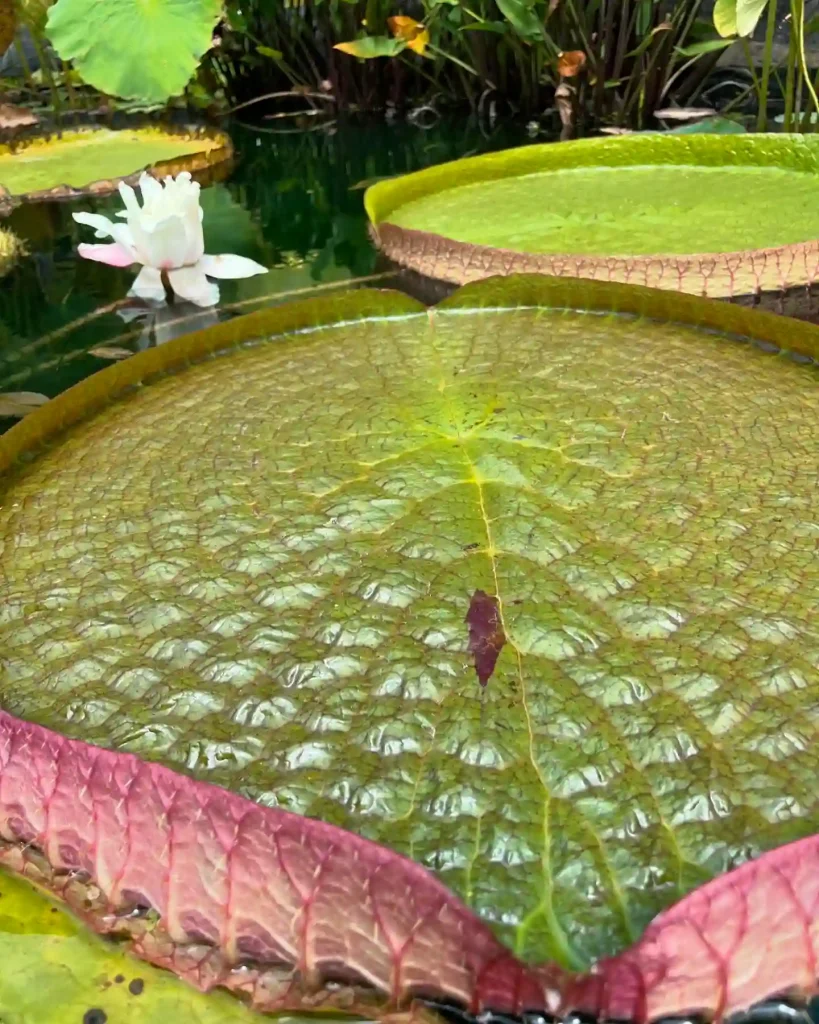
The Allure of Salvia Microphylla: Beyond the Buzz
For years, I’d been captivated by the vibrant blooms of Salvia microphylla, often called baby sage, Graham’s sage, or blackcurrant sage. This evergreen shrub stole the show in countless gardens, boasting a kaleidoscope of colors and a delightful fragrance. But beneath its beauty lingered a whisper of a different kind of allure – a psychoactive effect. So, curiosity piqued, I delved deeper into the world of Salvia microphylla, separating myth from reality.
1050 Species in Genus Salvia
Does Salvia Microphylla Get You High?
Let’s address the elephant in the room. Unlike its psychoactive cousin, Salvia divinorum, Salvia microphylla offers no mind-altering properties. The unique scent of its leaves, reminiscent of blackcurrants, comes from a terpene called caryophyllene, commonly found in many herbs. While caryophyllene possesses some medicinal properties, it won’t induce any hallucinogenic experiences.
The true magic of Salvia microphylla lies in its undeniable visual appeal. This sun-loving shrub thrives in well-drained soil, reaching a height of 1 to 1.3 meters (3.3 to 4.3 feet) and boasting a bushy form. Throughout the year, it erupts in a dazzling display of blooms, with colors ranging from vibrant red and fuchsia to soft pink, lavender, and white. These blooms attract a myriad of pollinators, transforming your garden into a buzzing haven for butterflies, bees, and hummingbirds.
How to Care for Salvia Microphylla?
Bringing Salvia microphylla’s charm to your own garden is surprisingly simple. This low-maintenance plant flourishes in full sun and thrives in well-drained soil. Water it regularly during its first growing season, allowing the top inch of soil to dry out between waterings. Once established, Salvia microphylla demonstrates surprising drought tolerance.
How to Propagate Salvia Microphylla?
Sharing the beauty of Salvia microphylla is easy. This plant readily propagates through stem cuttings. Take cuttings about 4-6 inches long in early spring or late summer. Remove the lower leaves and dip the stem in rooting hormone before planting them in a pot filled with a well-draining potting mix. Keep the soil moist and provide indirect sunlight. With a little patience, you’ll soon have new Salvia microphylla ready to grace another garden.
How to Prune Salvia Microphylla?
Regular pruning encourages bushier growth and promotes more blooms. Prune lightly throughout the growing season, removing spent flowers and trimming back leggy stems. For a more dramatic rejuvenation, you can give Salvia microphylla a harder prune in late winter or early spring. Cut back the stems by about one-third, encouraging a fresh flush of growth.
Is Salvia Microphylla Deer Resistant?
Deer can be notorious garden nibblers. The good news is that Salvia microphylla possesses a mildly pungent aroma thanks to the caryophyllene in its leaves. This scent often deters deer, making it a great choice for gardens vulnerable to these browsing herbivores.
Is Salvia Microphylla Edible?
While not commonly used in culinary applications, Salvia microphylla’s leaves are technically edible. The blackcurrant scent translates into a subtle flavor that can be used to add a unique touch to salads, dips, or even beverages. However, due to its mildly bitter taste, it’s best used sparingly.
The true value of Salvia microphylla lies not on your plate, but in the visual feast it offers for your garden. With its vibrant blooms, ease of care, and deer resistance, this little shrub packs a big punch. So, ditch the misconceptions and embrace the beauty of Salvia microphylla – a botanical wonder that brings life and color to any garden.
If i die, water my plants!



